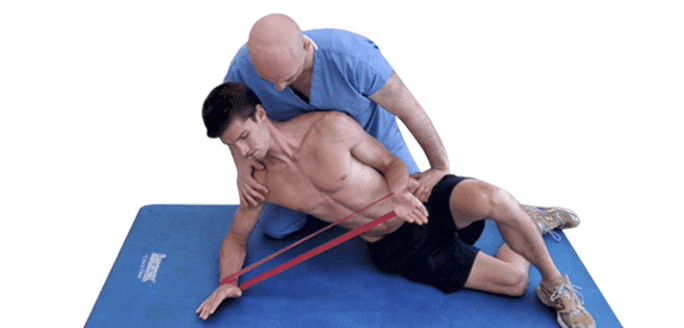August 14, 2023

Dynamic neuromuscular stabilization is a cutting-edge therapy that can reduce the long-term effects of injuries, enhance strength, improve the patient’s posture and decrease pain. The procedures allow specialists to improve the movements of infants who suffer from conditions that influence coordination. The treatments can typically improve the patient’s reflexes, flexibility and balance.
Dynamic neuromuscular stabilization may reduce the sympto perform the series of movements again, and the therapy may stimulate the patient’s natural reactions.
Generally, neuromuscular treatments can help patients with conditions that are caused by misaligned discs in the spine, repetitive use or central coordination disorder. The treatment may enhance the sensitivity of neural pathways that link the brain to the skeletal muscles and the joints. Consequently, the therapy can improve athletic performance and correct the individual’s posture.
Many physicians recommend these treatments for babies who have disorders that affect their coordination and their balance. Numerous reports have shown that the therapy can also stimulate a baby’s blood flow and improve the quality of a child’s sleep.
The patient will not have tomatically induce, the baby’s natural position and the reflexes of the child.
During the initial sessions, the infant will be lying on a flat surface, and the experts will help the baby to stabilize the head while the baby is lying down.
Throughout the third phrase, the child will perform movements that improve the reflexes and the function of the muscles that influence the vertebrae. Multiple reports have suggested that this phase may improve spatial intelligence, increase the child’s well-being and help the infant to accurately recognize items of all types.
When a baby receives Vojta therapy, the infant will generally undergo five sessions to eight months.
If a patient chooses dynamic neuromuscular stabilization, the individual can participate in two sessions per week. Each appointment generally has a duration of more than one hour.
Dr. Lev Kalika is a world-recognized expert in musculoskeletal medicine. with 20+ years of clinical experience in diagnostic musculoskeletal ultrasonography, rehabilitative sports medicine and conservative orthopedics. In addition to operating his clinical practice in Manhattan, he regularly publishes peer-reviewed research on ultrasound-guided therapies and procedures. He serves as a peer reviewer for Springer Nature.
Dr. Kalika is an esteemed member of multiple professional organizations, including: